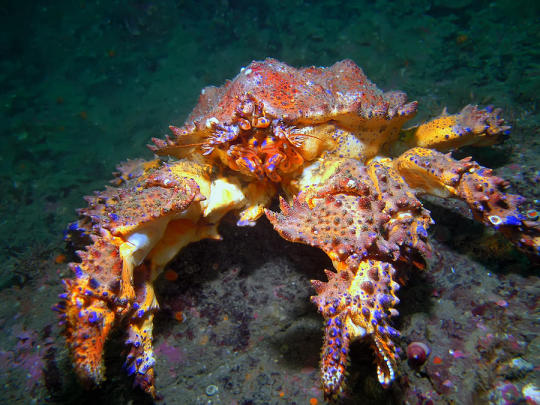Tidetale is an ocean themed metroidvania, inspired by Hollow Knight. Brave the depths of a mysterious island, and discover ancient power; still in development; discord: https://discord.gg/m6qg8aWDHH
Last active 60 minutes ago
Don't wanna be here? Send us removal request.
Text
Sky consumed by darkest sea
Indiscernible horizon beyond raging tides
Spiraling Typhon, forever blinded
At it's eye, the lighthouse beacons
11 notes
·
View notes
Text



Daily Jellyfish: Day 13
Helmet Jellyfish
Periphylla periphylla
Fun Facts
Helmet Jellyfish tend to stay in the deep sea due to sunlight being harmful to them
They use bioluminescence to scare predators away in a strobe light like fashion
56 notes
·
View notes
Text

Giant Kelp, Santa Barbara Island
by David Fleetham
NBP International Awards
46 notes
·
View notes
Photo

🦀 The naturalist’s miscellany, or Coloured figures of natural objects. London: Printed for Nodder & Co., 1789-1813.
28 notes
·
View notes
Text
I know it's unfair vilification and stuff but it's also a lot of fun to see old media and stuff where people were SO scared of big animals like lions, sharks, crocodiles and wolves were fully expected to just come and eat you the moment you stepped into their territory. In older media we also made that assumption about gorillas and in still older we thought it'd be whales. But some animals that will actually fuck you up got left behind. Boars will kill you and eat you. They're way more likely to do so than any of those other things actually. Hippos, obviously, got off like bandits always being depicted as cute and dopey. And then there's the squids. Not giant kraken size squids. The eight foot squids that hunt in packs and will fuck you up if you fall in the water at night. I can't BELIEVE people slept on that. It's like all they cared about were the huge deep sea ones we never see. The medium size wolf pack squids were right there.
45K notes
·
View notes
Photo

A stunning fossil freshwater crab preserved in travertine. Travertine is a type of limestone that forms around mineral springs and is frequently used for decorative stone and tile. These amazing fossil crabs were discovered inside cavities in the travertine as it was being quarried in Southwest Turkey.
For sale at: https://www.fossilera.com/fossils/3-fossil-crab-potamon-preserved-in-travertine-amazing-detail
7K notes
·
View notes
Photo

🐚 Spécies général et iconographie des coquilles vivantes Paris: Chez Rousseau: [1834-1880]
275 notes
·
View notes
Text


The beautiful remains of the Glücksburg anno 1783. Photo by Jonas Dahm and Carl Douglas, in: Ghostships of the Baltic Sea
She is in a very good condition, which is normal for the wrecks of the Baltic Sea, due to the good conditions. The wreck itself is still the subject of ongoing research, so not much can be said about her yet, even her exact position. However, she seems to be a merchant ship armed with Iron Guns.
105 notes
·
View notes
Text

Portuguese Nau ( Carrack or Nao) on a map made in 1565, by Sebastião Lópes (15??–1596)
169 notes
·
View notes
Text
The Pepper Wreck
There are wrecks that are forgotten for a long time and are only rediscovered by chance. So it happened also with the so called pepper wreck. It sank at the mouth of the Tagus, near Lisbon, Portugal, and many sank in this region over the centuries. In the 1950’s, research showed that there were many wrecks in this estuary. However, it was not until the late 1970s that the first archaeological investigations were carried out and resulted in finds, but the area was not protected, which led to it being plundered in the 1980s. In 1993 further excavations revealed the remains of an interesting wreck which was further investigated in 1999-2000. It was a piece of a hull and the investigation showed that it was a Nau.

The side plan in Journal of Archaeological Science 39
Her keel is almost 27.72 m long and the total length is about 38.25 m. The hull had been built from cork oak and stone pine, and the small size of the trees used forced the shipbuilders to assemble large structural parts from several small pieces of wood.

The remaining hull timbers in Journal of Archaeological Science 39
The abundance of cultural materials found here determined the excavation of an area of around 100 m2 that produced an important collection of artefacts. Among these were three astrolabes, of which two were found together with two dividers in an area of around 10m2.

One of these astrolabes bore the date 1605 and the maker’s mark of the famous Goes’ family workshop in Lisbon. A stack of seven porcelain dishes still with a layer of straw in between each and an iron gun that accreted the shards missing from a large porcelain platter fragment found nearby, were among many finds, including pewter plates, green and yellow Chinese glazed earthenware, Martaban stoneware, lead shot and cannonballs.

On basis of these artifacts and together with written reports it resulted in the Nossa Senhora dos Mártires, a Portuguese East Indianman who was on her way home after 9 months on sea. According to the reports the following happened : On 14 September 1606 a heavy storm forced Captain Manuel Barreto Rolim to drop anchor off Cascais, a small village a few kilometres from Lisbon. Here, the Nau Salvação, another returning Indiaman, was already fighting the storm.

When she sank, she spilled tonnes of peppercorns and the odd coconut across the sea floor
Dangerously dragging her anchors in the direction of the beach, the Salvação was too heavy to be towed against the wind by the galley that was sent to help. The next day, after seeing the Nau Salvação run aground on the Cascais beach, Rolim decided to head for the mouth of the Tagus River hoping to escape the tempest in the calmer waters of the estuary. However, getting past the sandbars was not easy. Two large sandbanks narrowed the entrances, making the waters run dangerously fast in both the northern and the southern channel. Rolim headed for the northern canal, which by the early seventeenth century was already considered too narrow and shallow to lay anchor in, and too crooked for any galley to tow a large vessel out of. In the middle of the passage, the Nau Mártires lost her headway and was dragged to a submerged rock. She sunk in front of the São Julião da Barra fortress in a matter of hours; soon afterwards she was broken up into such small pieces that witnesses commented it looked as if she had sunk long ago. Her main cargo of pepper that had been stored loose in small holds, spilled out upon wrecking, forming a black tide that extended for leagues along the coast and in the Tagus estuary. A large amount of pepper was saved and put to dry by the king’s officers. The population also salvaged a notable quantity, as it was impossible for the soldiers to stop the locals who, despite the dreadful weather conditions, every night went to the sea in small craft to salvage what they could.

A possible distribution of the carg, by Audrey Wells
During the subsequent summers, the officers of king Felipe III of Spain - who was also king Felipe II of Portugal - may have salvaged a great part of the cargo from the shallow waters, and they certainly rescued cables, anchors and guns.

A possible recontruction by Audrey Wells
Finding a wreck of this period, is extremely rare but it is a key to understand such ships of this time. But it poses the problem that often arises with such finds. Besides the answered questions, they open up a new flood of questions that still need to be solved. For this reason, research is still being conducted on her till today.
108 notes
·
View notes
Text
Caves are weirder and more varied than you think
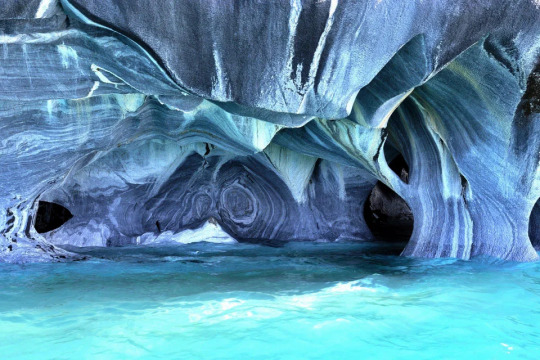
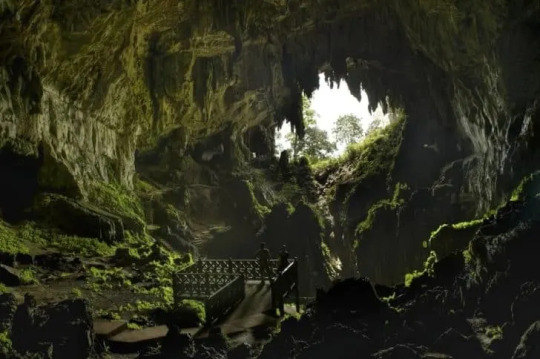
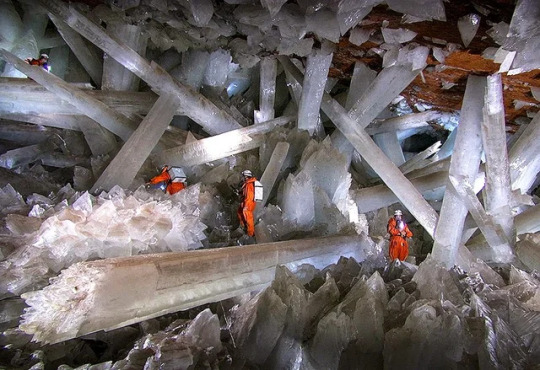
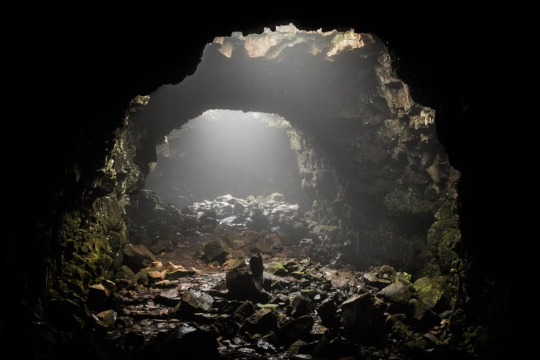
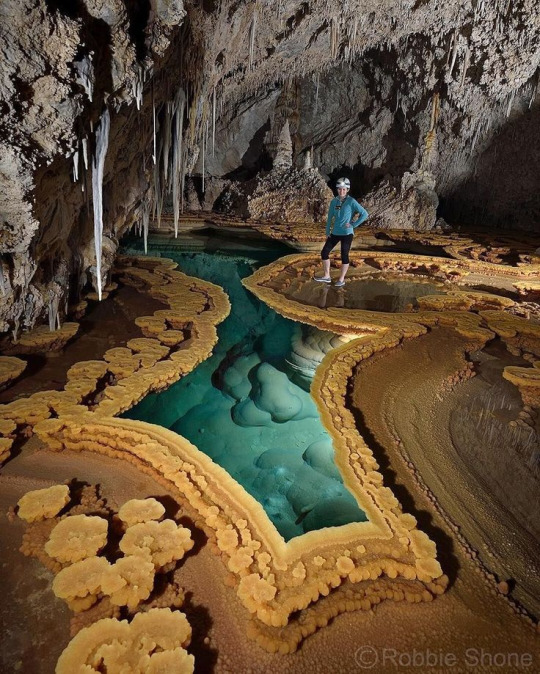
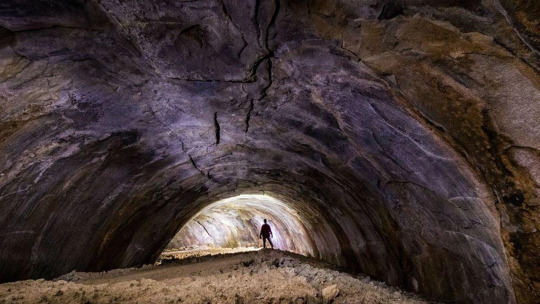
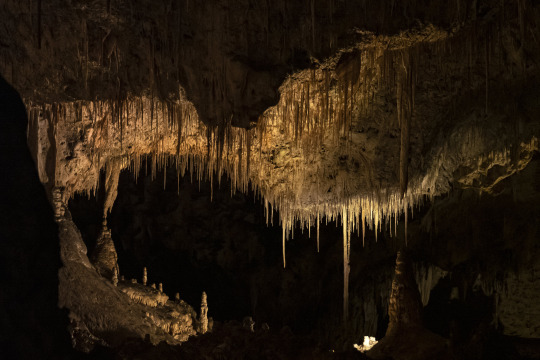
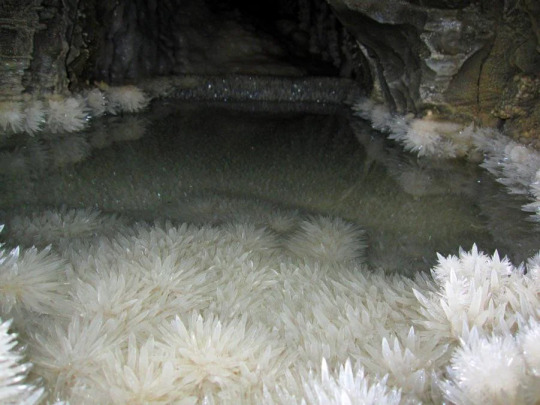
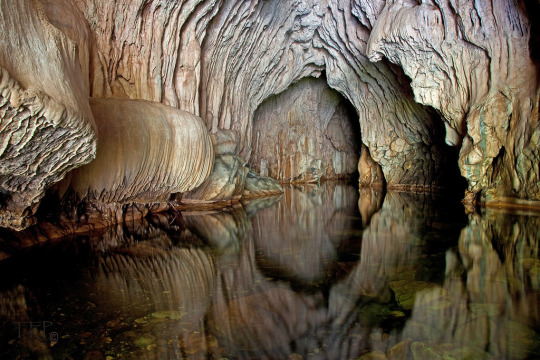
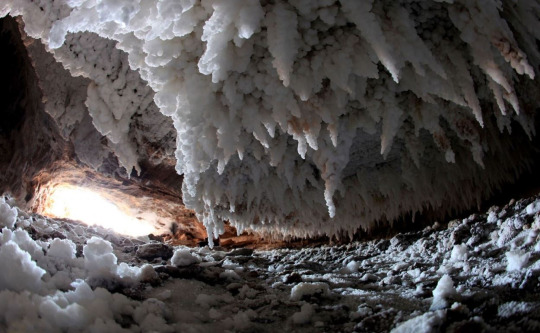
170K notes
·
View notes
Photo

In to the fog. Master and commander: The far side of the world ,2003.
1K notes
·
View notes




